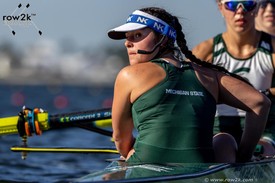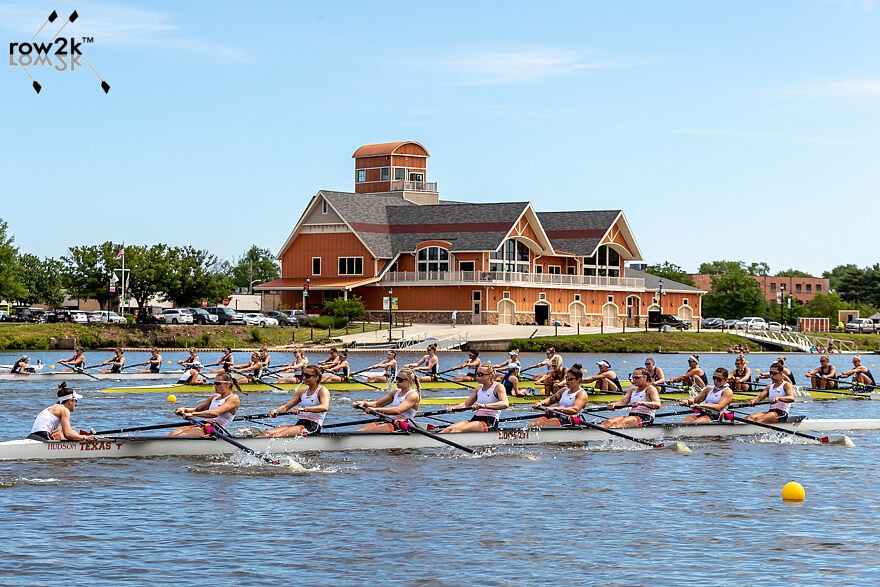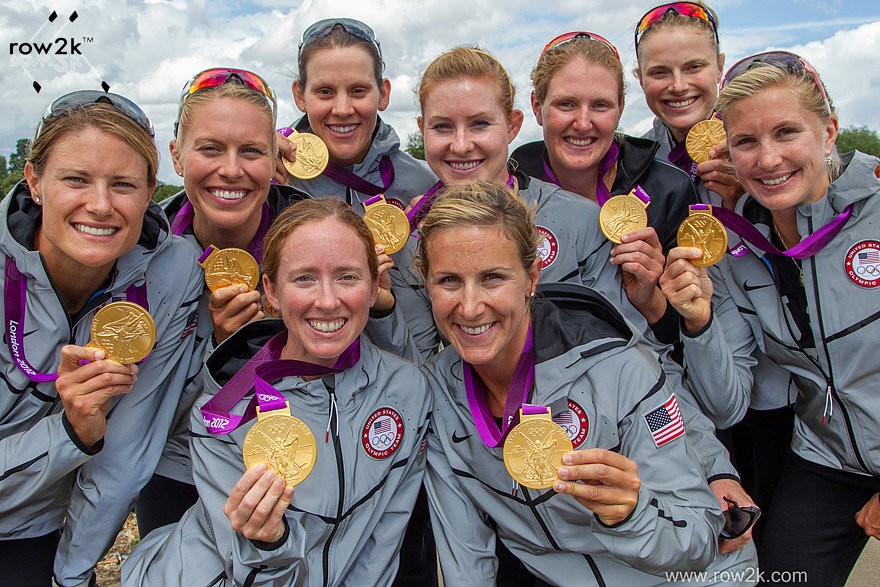
Of all the parameters involved in rigging a boat, it may be that the height setting is the measurement that it is most important to match to the individual athlete.
You can also personalize stroke length, arc location, heel heights, footstretch angles, and more, but rigger height is the simplest and probably most fundamental measurement. Rowers can usually deal with being a little too far through the pin, or having too-steep footstretchers without too much trouble, but if a rigger is significantly too low or too high, a lot of us find we can barely row.
Thankfully, changing rigger height is extremely easy these days just by moving some height spacers - but you still need to know approximately what works.
When you are changing seats and lineups a lot, having a simple on-the-water way of figuring out the correct rigger height can save a lot of lost strokes.
Mike Davenport offers a simple and clear way to figure this out that will work for coaches and rowers alike.
1 - Find some flat water
2 - Let the oar find its own depth with hands placed lightly on the oar
3 - Position the oarhandle at finish position
4 - Look where the oarhandle is relative to the oarsperson, including their forearm angle at the finish; the butt of the handle should be just an inch or two above the xiphoid process, which is the bottom of the rower's sternum
5 - Make sure the outside arm is parallel to the water
- If the wrist is higher than the elbow, the oarlock is too high.
- If the wrist is lower than the elbow, the oarlock is too low.



6 - Adjust height as necessary
Mike explains the process fully and offers additional ways and signs that your heights need some attention in the full article at How To Do A Simple Rigger Height Check.
If you enjoy and rely on row2k, we need your help to be able to keep doing all this. Though row2k sometimes looks like a big, outside-funded operation, it mainly runs on enthusiasm and grit. Help us keep it coming, thank you! Learn more.
Comments | Log in to comment |
There are no Comments yet
| |
- Bont Rowing
- Calm Waters Rowing
- Concept 2
- Craftsbury Sculling
- The Crew Classic
- CrewLAB
- Croker
- Durham Boat Co.
- Empacher
- Faster Masters
- Filippi
- Fluidesign
- h2row.net
- HUDSON
- Live2Row Studios
- Nielsen-Kellerman
- Oak Ridge RA
- Peinert Boat Works
- Pocock Racing Shells
- Race1 USA
- RowKraft
- Rubini Jewelers
- Vespoli USA
- WinTech Racing
- Bont Rowing
- Calm Waters Rowing
- Concept 2
- Craftsbury Sculling
- The Crew Classic
- CrewLAB
- Croker
- Durham Boat Co.
- Empacher
- Faster Masters
- Filippi
- Fluidesign
- h2row.net
- HUDSON
- Live2Row Studios
- Nielsen-Kellerman
- Oak Ridge RA
- Peinert Boat Works
- Pocock Racing Shells
- Race1 USA
- RowKraft
- Rubini Jewelers
- Vespoli USA
- WinTech Racing

















